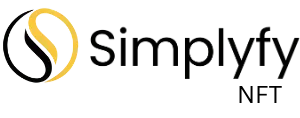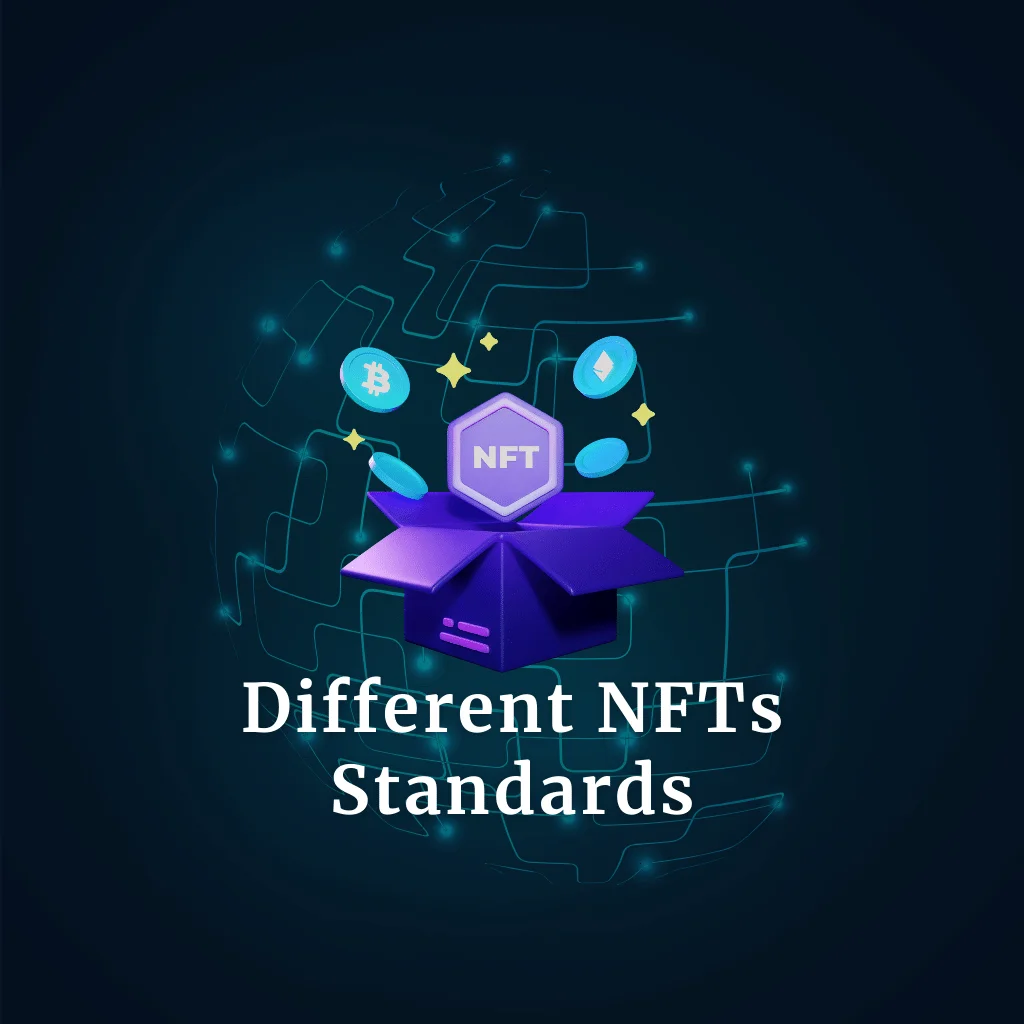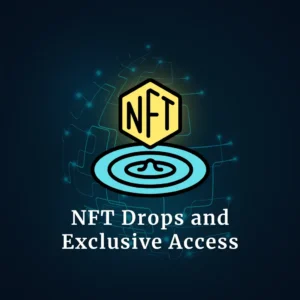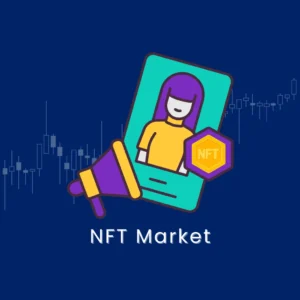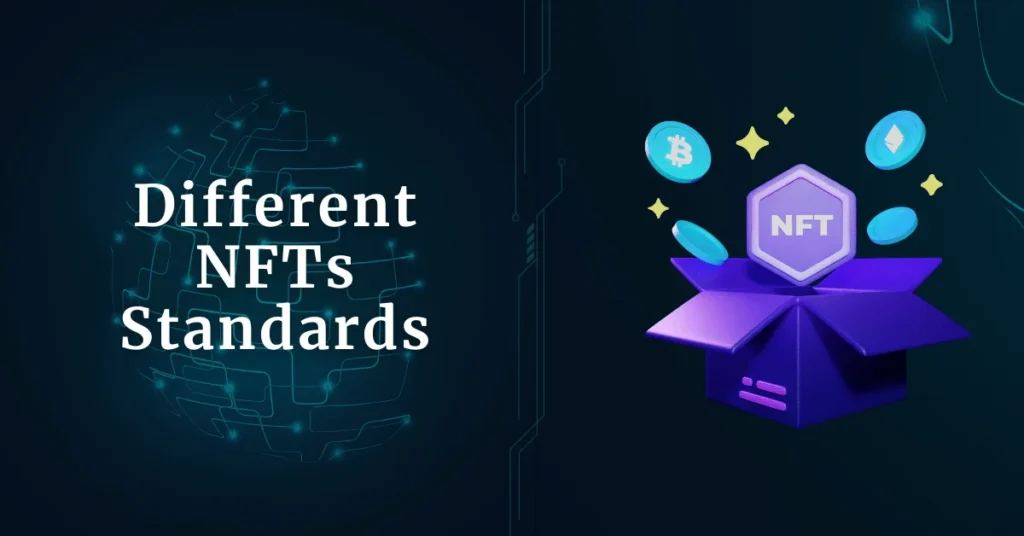
In the dynamic landscape of blockchain technology, NFTs (non-fungible tokens) have emerged as a revolutionary way to own and trade digital assets. Not at all like cryptographic forms of money, which are tradable or “fungible,” NFTs standard are exceptional digital tokens that mean responsibility for explicit things or pieces of content, making them important in the domains of craftsmanship, gaming, collectibles, and presently, progressively, in regions like advanced design and virtual land. As the NFT space has extended, so too have the norms that oversee these tokens, mirroring the different and developing utilization of this innovation.
The most well-known standard for NFTs is ERC-721, introduced on the Ethereum blockchain. It is the first widely adopted standard that enabled the creation of fully unique tokens, with individual characteristics and ownership details. ERC-721 tokens can address any automated resource, making them ideal for exceptional things like significant level workmanship pieces, collectibles, or whatever other resource where uniqueness is key.
This standard laid out the basis for the NFT revolt, working with the farewell of achievement stages like Crypto Kitties, which allowed clients to buy, sell, and breed progressed cats, each with their exceptional attributes and rarities.
Following the footsteps of ERC-721, ERC-1155 emerged as a more flexible and efficient standard for NFTs. Developed by the Enjin team, ERC-1155 allows for the creation of both fungible (like cryptocurrencies) and non-fungible tokens within the same smart contract. This mixed token standard is particularly useful in gaming and virtual worlds, where a single contract can manage an entire library of assets from one of a kind legendary swords to common in game currency.
ERC-1155 advances basic gas save assets and smoother trades, making it an appealing decision for fashioners wanting to upgrade their applications.
Another noteworthy standard in the NFT
The ecosystem is Goods, developed for the EOS blockchain. goods focused on a multi chain approach from the start, aiming to standardize the way digital goods are issued, managed, and traded across different platforms. It presented highlights like an endorsement of validness, common metadata guidelines, and layout-based classes for resources, upgrading the interoperability and convenience of digital products.
Flow, a blockchain designed by the creators of Crypto Kitties, Dapper Labs, introduced its own NFT standard to address some of the scalability issues faced by Ethereum. The Flow blockchain and its NFT standard are built with a focus on enabling high volume transactions and interactive applications, such as games and social networks, without congesting the network. This makes it an ideal stage for architects expecting to build standard applications including NFTs.
Past these, there are other blockchains and principles like Tezos’ FA2, which offers an adaptable, multi-resource interface considering a wide cluster of purpose cases, including NFTs. Similarly, WAX (Worldwide Asset eXchange) has developed a set of NFT standards catering to the unique needs of virtual goods and collectibles, emphasizing user friendly trading and low transaction costs. As the NFT space keeps on advancing, we can expect the improvement of significantly more principles, each customized to explicit necessities and difficulties inside the digital resource world.
The consistent progression in NFT rules not only elements the adaptability and ability of blockchain advancement yet in addition opens new streets for producers, specialists, and designers to explore and exploit the greatest limit of non fungible tokens.
The different NFT norms address the developing intricacy and refinement of the advanced resource market. With each new turn of events, the opportunities for makers to advance and for authorities to draw in digital content in significant ways extend dramatically.
As we plan, the development of NFT principles will without a doubt assume a crucial part in molding the digital economy, offering new types of proprietorship, imagination, and association in the digital age.
